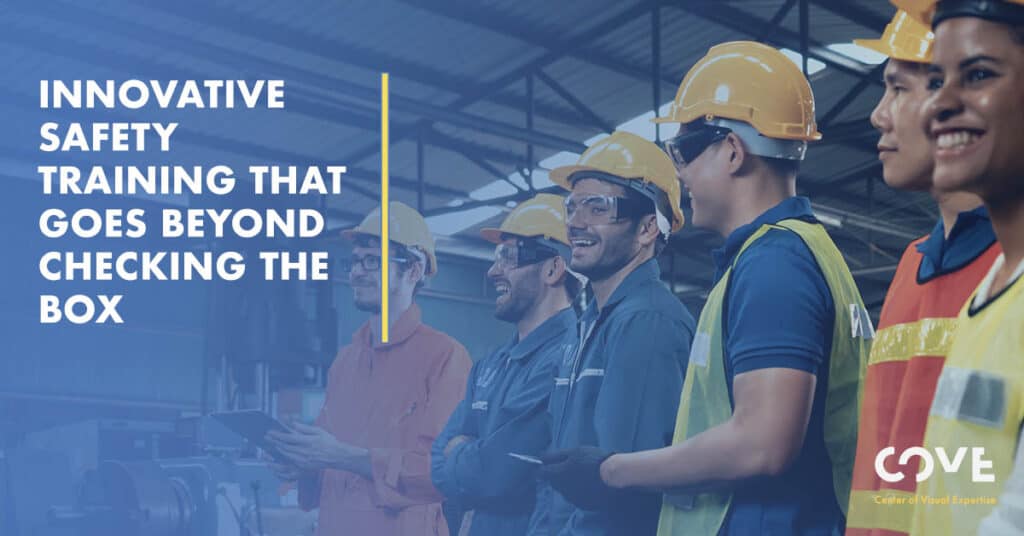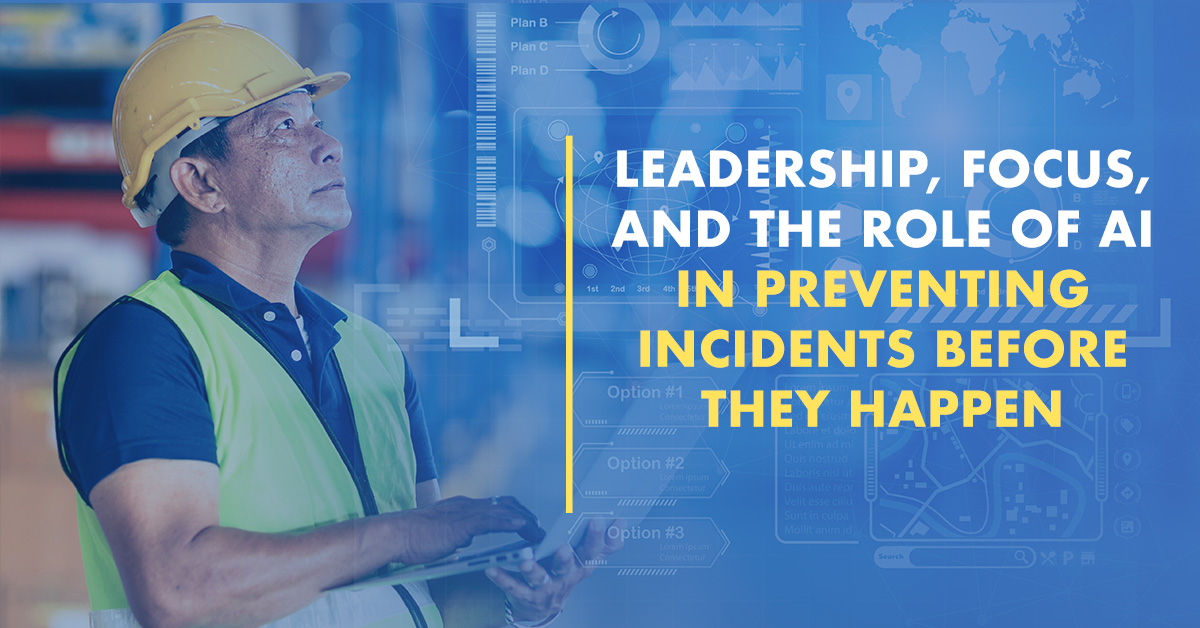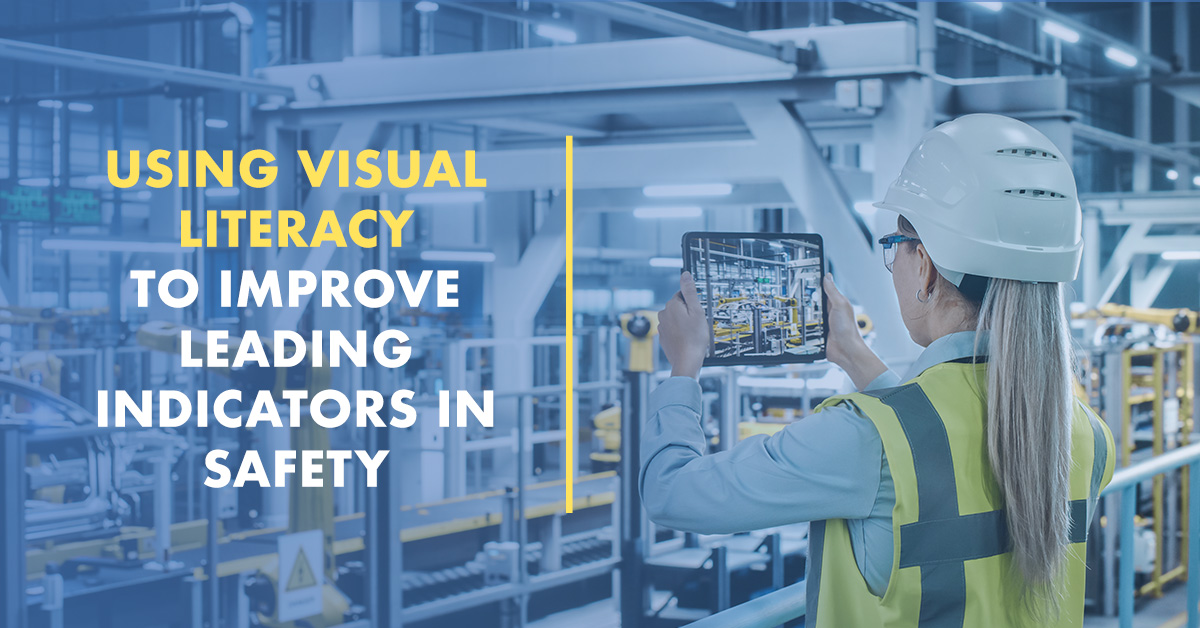Statistics say we spend more than $70 billion in the U.S. for training. Yet in certain industries accident rates are going up and series injuries and fatalities are increasing. There is nothing wrong with traditional instructor-led or elearning training if sufficient time and effort is put into it. But many times, especially in smaller companies without a full-time safety and health professional and limited budget and time for training, training is reduced to check-the-box learning conducted quickly to simply satisfy compliance requirements. And indeed most traditional safety training is focused on meeting regulatory requirements.
Particularly high-risk industries are realizing in 2021 their training is not producing the outcomes desired. Injury rates have stubbornly plateaued, and serious injuries and fatalities persist. This is increasing demand for training that is innovative, impactful, engaging, meets multi-generational adult learning styles, enhances critical thinking skills and improves problem-solving, and reflects the complexity of today’s work environments.
In a recent webinar, “Innovative Tools for Safety Training: Visual Literacy and Virtual Reality,” Doug Pontsler, chairman and managing director for COVE and Jennifer Lastra, CEO of 360 Immersive, discussed the common links between Visual Literacy and Virtual Reality. Both emphasized unique and engaging ways to capture the learner’s attention, and through the use of visuals improve his or her ability to slow down, even briefly, and more accurately see and describe hazards in a variety of work environments.
“We see as little as ten percent of what we think we see,” said Pontsler. “The rest is compiled by our brains, which are influenced by our past experiences, our expectations of what we think we’re going to see, and our mental biases, such as conforming to peer pressure or jumping to conclusions. As a result, our vision system can betray us.”
Visual Literacy uses principles of art education to develop Seeing the Whole Picture™. It is a process of first looking at an image or work environment, observing details more closely, reaching a more realistic viewpoint of the image’s components (or hazards), and being able to describe the image, analyze and interpret it, and communicate this meaningful understanding to take actions to resolve hazardous conditions.
COVE’s Visual Literacy training workshops have been conducted for three years now. In contrast, Virtual Reality training has been used since the 1980s and ‘90s, even back to the 1960s in a rudimentary form. Still, Jennifer Lastra said Virtual Reality “is not probably what your thought is was.”
VR is no longer the pricey domain of Fortune 100 or 500 companies with deep pockets to create customized content. 360 Immersive has trademarked “VR for the Masses.”™ The aim is to put affordable VR training in the hands of as many people as possible.
“A VR headset is the most compelling and immersive way to deliver consistent competence learning,” said Lastra, “but there is no longer the need for a very high-powered computer.” One VR headset can cost $300, or you don’t need to use a headset at all. You can consume VR simulations created with software on mobile devices, desktop or laptop computers, and integrate brief simulations into existing learning management systems, she said.
“There’s absolutely nothing wrong with traditional training,” according to Lastra. “VR technology complements or supplements traditional training. You can use three to five-minute VR simulations to put learners in the middle of a hazardous environment and let the learner self-explore their environment. An emotional connection to the content, the simulated work environment, is created. VR training is micro learning that brings out critical thinking and can be wrapped around longer training sessions. For small businesses conducting refresher or new hire training, VR simulations offer consistent delivery of content.”
“The big issue to overcome is the misconception that this technology is untouchable for most people. In reality it’s not,” said Pontsler. There are VR applications that use a keyboard and mouse to supply the foundational elements of VR.
“All VR simulations begin with an environment,” explained Lastra. “It might be a barge, a construction site, a warehouse or healthcare setting.” Simulations are realistic and have consequences. Auditory sounds alert learners to a trench that is about to collapse due to multiple hazards. Incorrectly donning and wearing a hazmat suit, complete with sounds of Darth Vader-like heavy breathing, can send off alarms if the wearer is inspecting a chemical drum and vapors are leaking inside the suit.
Both VR and Visual Literacy use working environments as the foundation of learning. Both use visual imagery to better understand in detail the level of potential hazard. Learners in both applications slow down to immerse themselves in the projected environments, and use critical thinking skills of disciplined analysis, interpretation, communication, non-biased open-mindedness, and problem-solving to deconstruct the work environment.
“The most pertinent relationship between Visual Literacy and Virtual Reality is slowing down the observation process to deconstruct an environment and really see what is there,” said Pontsler.
Both Pontsler and Lastra emphasize another similarity: neither Visual Literacy or Virtual Reality are stand-along training tools; they complement, but do not replace traditional training methods. Both are methods to make training fun, engaging, memorable (learners can retain 100 percent understanding immediately following instructor-led training, but one or two days later retention can drop to 20 or 30 percent, according to David Cleverdon, chief technology officer of 360 Immersive) and visually impactful.
If you’re interested in learning more about integrating either Visual Literacy or Virtual Reality into your training programs, please reach out to us at info@covectr.com or (567) 343-1405 for additional information.
Watch Webinar: Innovative Tools For Safety Training: Visual Literacy And Virtual Reality




